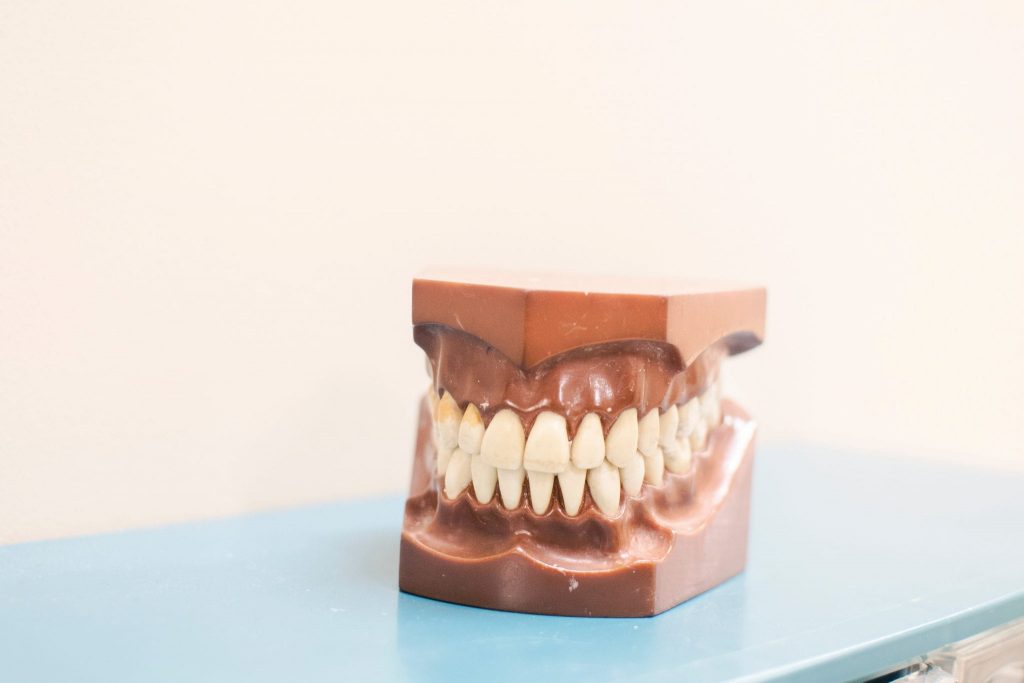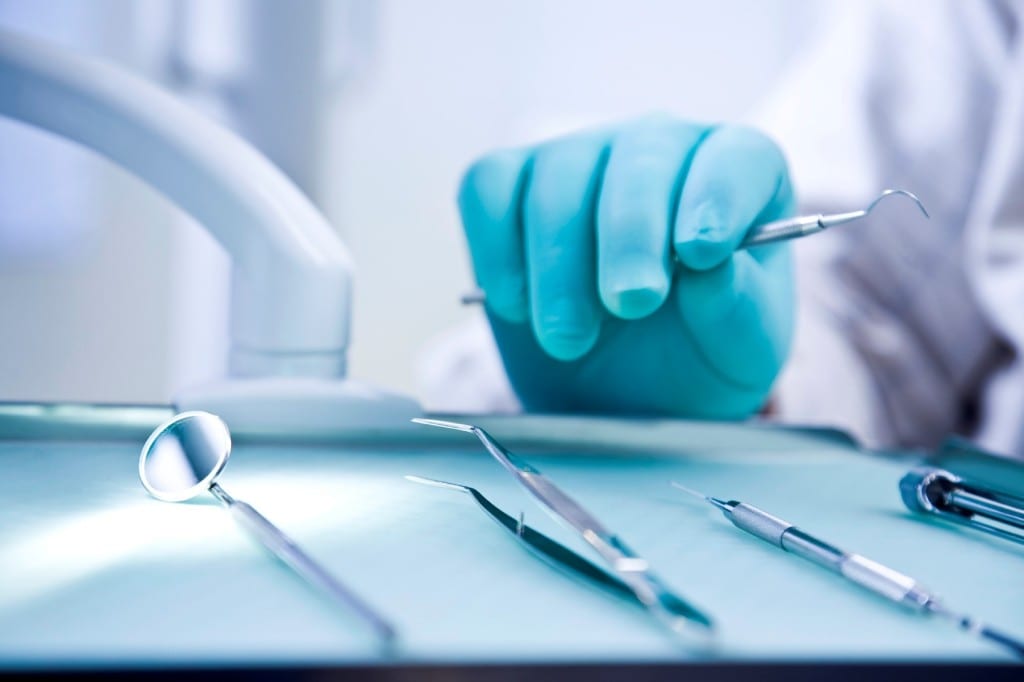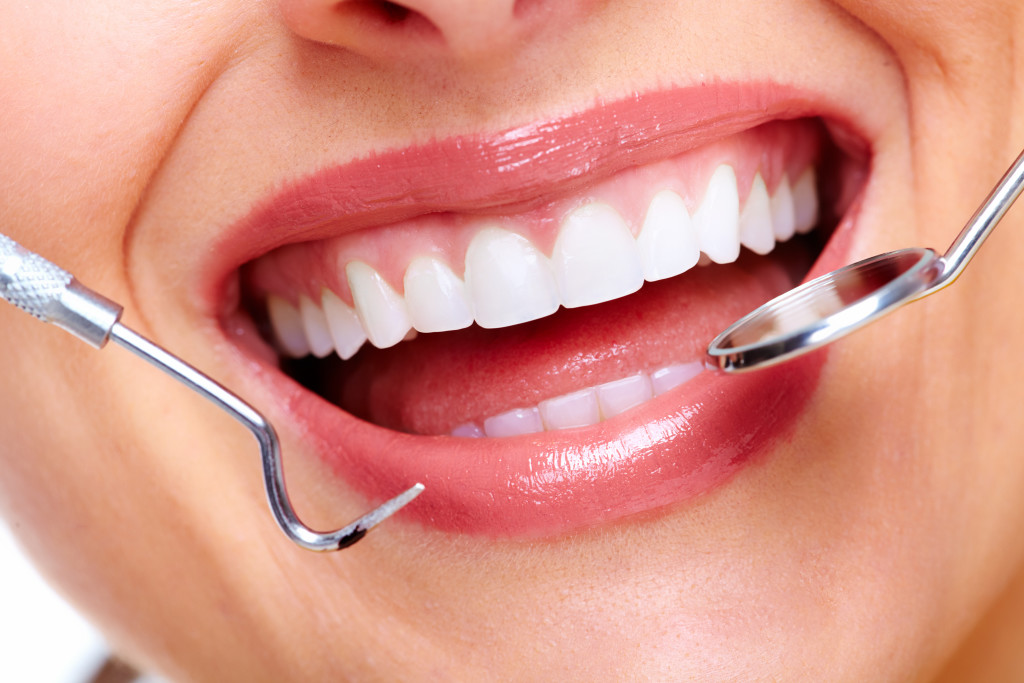
If you have long ago refused ice cream and cocktails with ice, and do not even risk smiling in the cold because of sharp pain in your teeth — this article is for you. In this article, we will explain in detail why some people’s teeth are hypersensitive, where excessive sensitivity comes from, and how to deal with it.
What is dentin hypersensitivity?
Dentin is a hard tooth tissue, its base and “skeleton”. Like a real skeleton, dentin consists of special “bones” — dentin tubes filled with fluid. Inside the tooth, there are nerve endings, and on top of the tooth is covered with dense enamel — a durable substance that protects the tooth, including temperature extremes.
If the enamel is too thin, the dentin is exposed. Because of this, there is a displacement of fluids inside the tubules, irritating the nerve endings inside the tooth. This very unpleasant sensation can become completely unbearable if by nature a person has wide dentinal tubules, and at the same time has thin tooth enamel.
Why does tooth hypersensitivity develop?
Some people were initially “unlucky” to receive fine enamel from their parents. However, hypersensitivity of the teeth may well be “infected” — especially if you use an incorrectly selected toothbrush and abuse the teeth whitening procedure.
In fairness, it must be said that dentin hypersensitivity is often only a symptom indicating other problems with the teeth: bruxism (tendency to gnash teeth at night), malocclusion, or increased enamel abrasion.
What if your teeth are too sensitive?
To permanently get rid of tooth hypersensitivity, you will have to consult a dentist. The doctor “seals” the exposed dentinal tubules, applying a special composition to the teeth. Relief comes quickly, but the composition of the teeth is erased even faster. Therefore, means to reduce tooth sensitivity have to be used constantly.
In addition, there are two ways to significantly reduce discomfort with dentin hypersensitivity: the use of therapeutic toothpaste and proper brushing.
Select a toothpaste
Special pastes with nano-hydroxyapatite help relieve discomfort. Pastes with potassium do not act on enamel and dentin, but directly on the nerve endings, making them less sensitive.
True, such a paste doesn’t work right away. To feel the positive effect, you will have to use pasta courses of 30-60 days.
For whitening teeth, you can use only enzymatic kinds of toothpaste. Enzymatic pastes cleanse teeth with plant enzymes and are very delicate, so such pastes do not harm the teeth.
Abrasive toothpaste should not be used, as it damages the tooth enamel. The “abrasiveness” of toothpaste is indicated by the RDA value. With increased tooth sensitivity, you cannot use a paste with an RDA value above 70.
Learning to brush your teeth
Proper dentition helps reduce dentin sensitivity. It matters both the toothbrush and the cleaning method itself.
The brush should be medium or soft. The stiffness of the brushes is usually indicated on the packaging. With tooth hypersensitivity, it is better to buy a brush in a pharmacy.
You need to brush your teeth strictly in vertical movements, as if “sweeping out” food particles from the cracks between the teeth in the direction from the gums to the edge of the tooth. It is convenient, but wrong to brush your teeth by brushing them horizontally, because of this, the teeth wear out faster and hypersensitivity only intensifies.
Picture Credit: Unsplash






